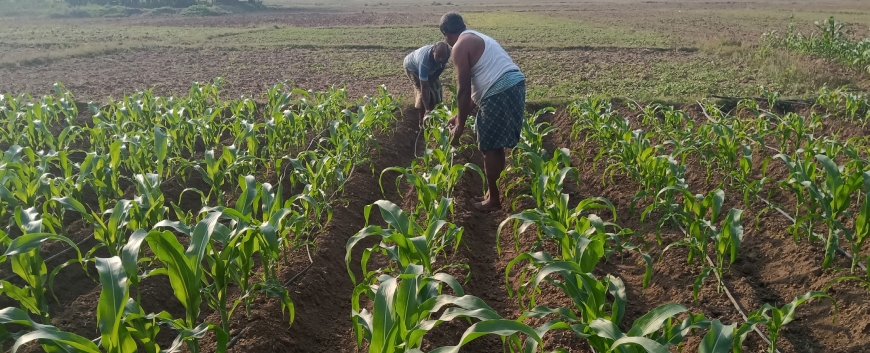Upscaling micro-irrigation in the Indian states of Odisha and Assam: Recommendations based on field evidence
Food production in India is increasingly vulnerable to water scarcity risks, due to the growing demand for food, climate change and competition for scarce natural resources among competing sectors. Agriculture already accounts for more than 90% of the total freshwater withdrawals in India (FAO 2020). However, competing demands for water in the future may reduce the availability of freshwater for agriculture by up to 72% in 2025 and 65%–68% in 2050 (ADB 2013). Thus, there is an urgent need to enhance water resilience and adaptation to climate change to sustain Indian agriculture. The agriculture sector in India is marred by low irrigation efficiencies and low water productivity. Thus, improving water use efficiency in the agriculture sector is an essential step toward mitigating this crisis. To address this, the government has prioritized improving irrigation efficiency through micro-irrigation systems (MIS), with the goal of achieving ‘more crop per drop’. The government is promoting micro-irrigation through a capital subsidy program under the scheme Pradhan Mantri Krishi Sinchayee Yojana (PMKSY). MIS coverage has steadily increased and currently 13.47 million hectares (48% drip and 52% sprinkler) are under MIS (Figure 1). However, the adoption of MIS has remained low when compared to its large potential (Nair and Thomas 2023).


